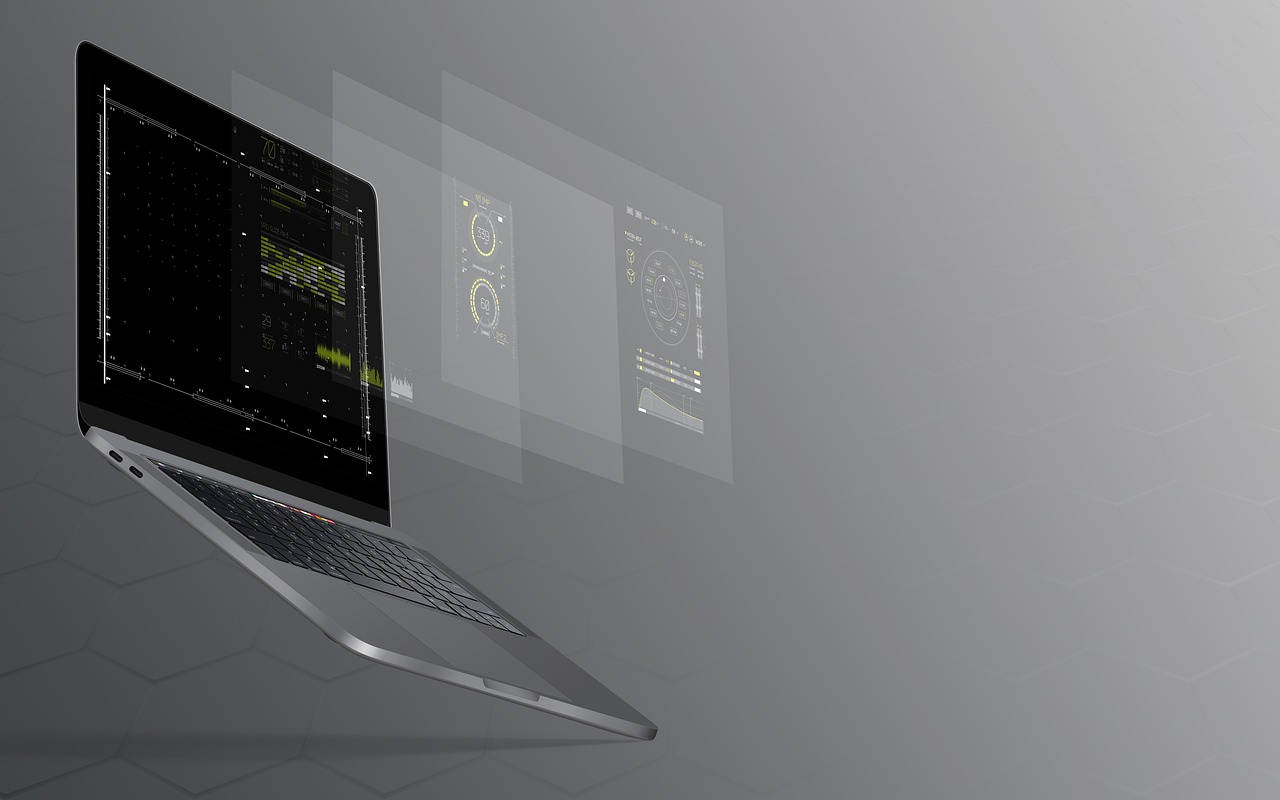Today, we'll be delving into the heart of Umbraco - one of the most flexible open-source content management systems (CMS) built on Microsoft's .NET framework. Specifically, we're going to explore how you can add webhooks to Umbraco content events, allowing you to trigger external services whenever changes occur in your content. This opens a multitude of possibilities for synchronisation, automation, and enhanced interactivity across various platforms.
Before we get into the thick of it, do make sure you have a solid understanding of Umbraco and a fair acquaintance with its APIs and content services.

Webhooks are a way for applications to provide other applications with real-time information, thus creating a network of communicating software. They're a form of reverse API, sending out a message (payload) to a unique URL when a specific event happens.

By using webhooks with Umbraco, you can trigger actions in external services when certain events happen in the Umbraco CMS. This adds a real-time, automated, and synchronous aspect to your CMS operations, allowing you to react to content changes almost instantly and in a programmatically defined manner.

Now, let's get to the meat of the matter. How do you add webhooks to Umbraco's content events?
Step 1: Create a New Notification Handler
Start by creating a new notification handler where you will handle the ContentPublishedNotification.
Step 2: Handle the ContentPublishedNotification
Now, in your notification handler, you can handle the ContentPublishedNotification. When this notification is triggered, you will call your webhook.
Step 3: Implement Your Webhook
Within the Handle method, you can then make an HTTP POST request to the URL of your webhook. Here, notification.PublishedEntities gives you access to the content that has been published.
Remember to replace "https://your-webhook-url.com" with your actual webhook URL.
Step 4: Register the Notification Handler
The last step is to register the notification handler in Umbraco. This can be done in a composer, which is Umbraco's own dependency injection framework.
Now, your Umbraco CMS will make a webhook call to your specified URL every time a piece of content is published, utilising the newer, more flexible Content Notifications.

Umbraco's Content Notifications offer a modern and enhanced way to react to content events, providing a more flexible alternative to the traditional event model. By integrating webhooks with Umbraco Content Notifications, you're further enhancing the real-time capabilities and reactivity of your CMS, paving the way for a myriad of automation possibilities.
Disclaimer: The code snippets provided are meant to illustrate the process and may need further adjustments to meet specific implementation requirements. As always, thorough testing is advised before deploying any new code to a production environment.